The final stage of construction is work on the roof. Roofing work on decoration ...
|
|
Important component of the personal plot is a well that performs a lot ... |
The absence of a water supply in the country causes many problems associated with ... |
DIY floor insulation

In order to maintain heat in the house and protect the room from the flow of cold transmitted from the ground, from the basement or lower floors, you will need to insulate the floor. To decide on the technology of floor insulation, you need to know what the base consists of and choose the right material.
Content:
- Materials for floor insulation
- Floor insulation on the ground
- Warfly insulation
- Warming of the concrete floor
Materials for floor insulation
The modern building materials market day by day offers all new methods of floor insulation and materials. The most common are:
- polystyrene foam (polystyrene);
- foam (extruded polystyrene foam);
- expanded clay;
- minvata or fiberglass;
- reflecting thermal insulation (isolon, foam);
- cork insulation;
- cellulose heater (ecoweta);
- bulk floors with the effect of insulation of thermo layer;
- gypsum fiber;
- fiberglass;
- stone cotton wool (Rockwell);
- foam glass;
- granular slag;
- linen mats;
- poliuretan foam.
All heaters can be divided into natural and artificial. Natural materials include traffic jam, cellulose (ecowata), flax, granular supporting insulation, all the rest to artificial. In appearance, materials for floor insulation are distinguished:
- embankment (expanded clay, granular slag, supporting insulation, foam glass);
- bulk (polymer mixtures);
- sprayed (liquid polystyrene (foam), cellulose insulation (ecoweta), polyurethane);
- rolled (mineral wool, cork, foam, isolon, linoleum, flax);
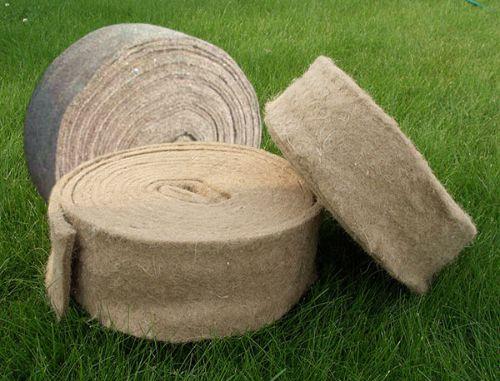
- tile (mineral wool, glass wool, stone cotton wool, polyurethane slabs, extruded polystyrene foam (foam), foam, foam glass, linen mats, gypsum fiber sheets).
The type of floor insulation technology also depends on the type of material. For expanded clay, mineral wools and foams, you will need to lay lags or screed. DVP sheets, cork insulation, linoleum on an insulated basis will be enough to roll on the floor, and on top with solid finishing material. It can be a laminate, parquet, wooden coating, linoleum. Even linoleum itself can serve as a heater.
The minimum of the place is occupied by bulk polymer insulating mixtures, cork insulation, foam, sprayed polyurethane. Ceramzite floor insulation is used in the performing of a black floor in private houses, when laying a wooden floor on lags or used in combination with gypsum fiber sheets. All this takes about 10 cm in height.
Materials for floor insulation in a private house and apartment will differ. In the first case, it will be appropriate to warm the floor on lags and soil, which makes it possible to use even the insulation occupying a lot of space. For insulation of the concrete floor in the apartment, super -thin heater are more suitable. This is linoleum, isonon, fiberboard, cork, bulk polymer mixtures with the thermal insulation effect and polyurethane foam.
Before proceeding with the choice of insulation, find out the height of your ceilings and the permissible value that you can afford to allocate for floor insulation. The higher the ceiling, the more insulation options can be used. Take into account the level of humidity in the room. So, some heater (cellulose, linen, GVL sheets) cannot be used in a humid environment, and some need to additionally waterproof (glass wool, for example).
In the end, if you need one hundred percent result, you can lay electric floors with heating using a layer of isolon and adjust the floor temperature in your room by clicking the circuit breaker.
Let's look at some methods of floor insulation, if the base is soil, wooden floors and a concrete screed.
Floor insulation on the ground
A feature of this type of insulation is that the floor and thermo -insulating layer will directly contact the ground and in some cases can even be exposed to groundwater. Therefore, the insulation in this case should have not only excellent thermal insulation properties, but also be moisture permeable and moisture resistant. It is also worth considering the fact that there is a basement in the house. If there is such, you can afford the heat -insulating layer thinner than in the absence. In this case, thermal insulation material should be laid on top of the waterproofing film.
For insulation of the floor, its alignment and subsequent flooring, you will need to fall asleep with a bulk layer in the form of sand (gravel, slag) and compact it. The wooden supports of the lags are fixed on top. It is the gaps between the lag that was covered with expanded clay or embankment granular slag, they lay bags with expanded clay, minvata, foam, extruded polystyrene foam or polyurethane foam, poured with a layer of foam or polyurethane.
The second option: laying sheets of polystyrene or mineral wool, overlapping them with roofing material or polyethylene followed by pouring concrete or cement-sand screed.
Let's figure out what kind of insulation layer in this case is optimal? It all depends on the climate, but there are average parameters. So, it will be enough:
- 4 cm polyurethane foam;
- 5-7 cm foam-glass;
- 8 cm of extruded polystyrene foam laid on a layer of gravel;
- 10 cm mineral wool or glass wool, isolated both above and below;
- 20 cm of expanded clay;
- 40 cm slag.
Thus, the insulation of the floor with a foam, it is also insulation of the floor with polystyrene foam, much more effective and simpler than the use of bulk and labor -intensive slag and expanded clay. And materials such as polyurethane foam and foams are even superior to polystyrene in their thermal insulation properties and durability. At the same time, all these materials, except glass wool, are not afraid of water.
Warfly insulation
Insulation of a wooden house is carried out already at the construction stage. To do this, the lift is poured with sand, and by expanded clay or granular slag on top of it.
When choosing a heater, some stop on its naturalness, fire safety is important for others. Very often, natural heaters are not resistant to fire or moisture and microorganisms. This applies to Packla, linen, felt, sawdust.
For insulation of wooden floors from natural materials, cellulose and treated sawdust are used. 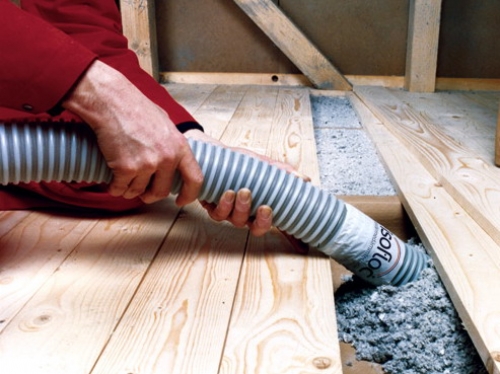
To extend the service life of the pulp heater (ecowetan), which is blown away into all holes, and granular saw insulation in the mixture add special substances that prevent combustion (antipyrey) and the propagation of microorganisms (antiseptics). The most practical and durable for wooden floors are such heater as mineral wool, glass wool, polystyrene foam (extruded and liquid), dry screed.
Wooden floors can be laid on the lags, in the intervals between which the insulation is laid.
Also, a wooden floor can be installed directly on the black floor or on a screed pre -filled and insulated with expanded clay.
For equipment and floor insulation, they are fixed with a step of 60 cm in lags and set according to the level on the floor -coated floor. The gaps are filled with insulation, after which everything is covered with either boards or plywood.
If you make a cement or concrete screed, then under the solution you can lay the slabs of polystyrene, stone cotton wool or fill the layer of expanded clay. Such a screed will already be thermal insulating. And if you also lay wooden floors with additional insulation on top, then the result will be impressive.
On a wooden floor during operation, you can lay a dry screed of the floor. For it, a ceramymist bulk insulation is used, which is poured onto the waterproofing layer, aligned according to pre -installed guides and covered with gypsum -fiber slabs. This is the easiest way to align the floors and insulate them. But it cannot be used with high humidity. Reliable waterproofing in this case will be bitumen paper.
Excellent thermal insulation properties and fire safety, durability and practicality differ from foam glass. Their thickness can be from 6 to 12 cm and lay the slabs on both wooden floors and concrete.
Warming of the concrete floor
For insulation of the concrete floor with foam, extruded polystyrene foam, mineral wool, ecowide, liquid heaters, you will need to lay lags, and finishing material on top of them: plywood, boards, laminate, parquet or linoleum. The variant of insulation is both time -consuming, and takes away precious centimeters in the height of the room.
In some cases, a polystyrene foam with a cement-sand or concrete screed is combined with a layer thickness of the latter about 5 cm. Add at least 5 cm to the lower layer of polystyrene foam, and the thickness of the required layer is already 10 cm, excluding the decorative coating. If necessary, pipes for a warm water floor are laid in a layer of screed.
On top of the finished concrete ceiling, you can lay a dry screed of the floor using expanded clay and GVL plates. The minimum possible thickness of such a pie is 7 cm (5 cm expanded clay, 1-2 cm gypsum fiber sheets). With perfectly even floors, you can use only sheets, then the thickness of the layer will not exceed 2 cm. If it comes to the apartment, then, again, it will not work too much with the thickness of the insulation, especially if low ceilings. After all, you need to leave space for life ...

In this case, options such as insulation insulation and subsequent arrangement of warm electric floors are most suitable. They will not only serve the thermal insulation of the floor, but will also heat the room, without reducing the space.
Water warm floors are mounted in a screed, which requires reducing the height of the room by at least 8-10 cm. If the ceilings are high, then this option is the most effective.
Another method of simultaneous leveling and insulation of the floor with a polymer solution with the effect of thermal insulation. To do this, use a warm mixture of thermo layer (Thermoplast). The solution is kneaded and poured to the floor, distributing it evenly with a wide spatula. Such a layer with a minimum thickness of 1 cm can become the basis for the subsequent decorative layers of the bulk floor, and for the finish of the floor covering with tiles, wood, parquet, laminate and linoleum.
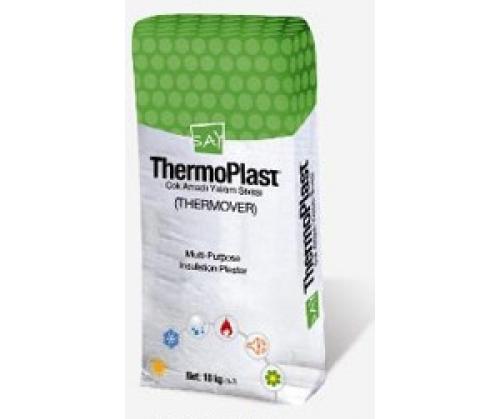
One of the most common and light methods of floor insulation is a double flooring. First, a layer of wooden boards is mounted, which are fixed with whips. This layer is covered with a substrate and laminate or insulated linoleum. By the way, linoleum on an insulated basis can be used for flooring directly on the concrete floor.
To insulate the floor and at the same time do not raise the surface of the floor too much, you can use sheets of fiberboard brands PT-100 and M-20. Such sheets are laid on a flat surface of concrete overlap, after which it is covered with any finish coating in addition to ceramic tiles. But this method on effectiveness no longer withstand competition with modern materials.
Now if you cover the finished concrete overlap with a polyurethane with a layer of 2 cm, then it will be possible to save up to 40% heat. At the same time, such a heater has not only thermal insulation properties, but also is excellent sound and moisture insulation, and can be used even in raw rooms.
On top of such a substrate, if necessary, you can lay a screed, a layer of gypsum plates, a tree, or only finishing materials can be.
The floor insulation is carried out by different materials. Each master has his own secret to the location of layers in a thermal insulation pie. Given the presence of new materials, the test of old time, the prices for them and the height of the ceilings in the room, you will need to create your own recipe for floor insulation.

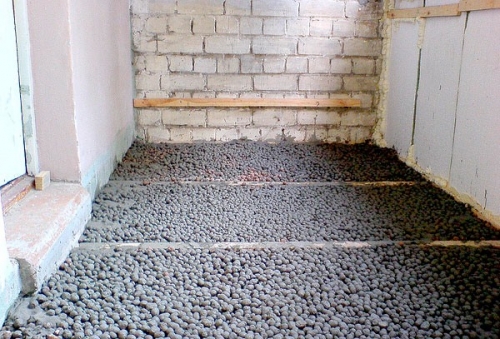

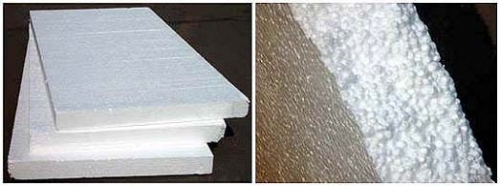
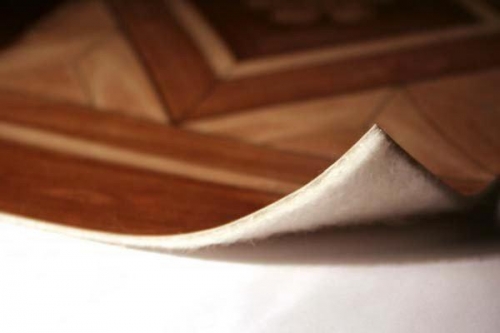
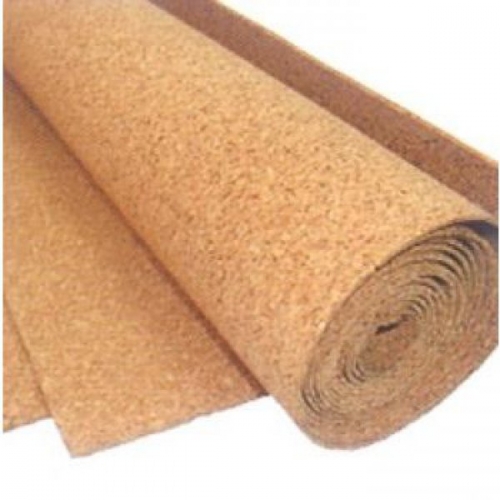
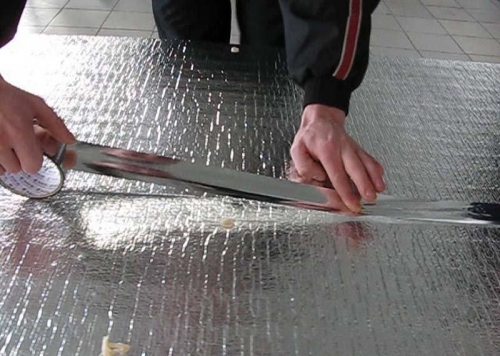
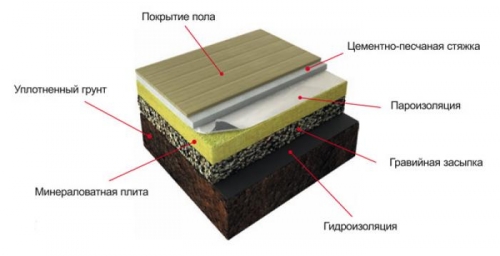
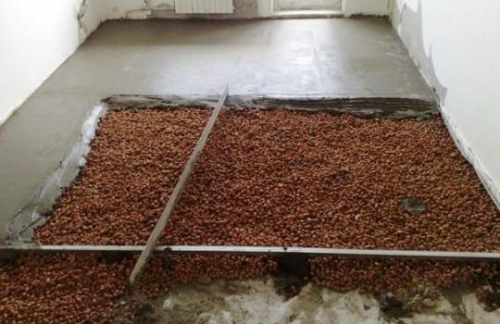
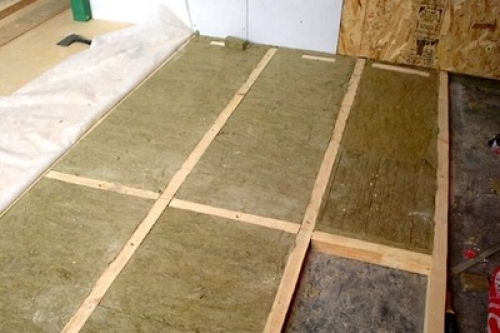
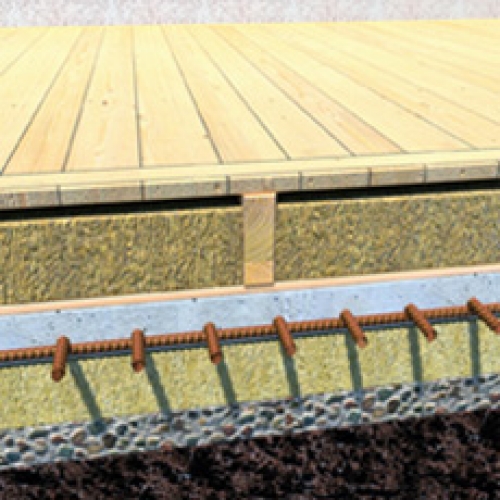
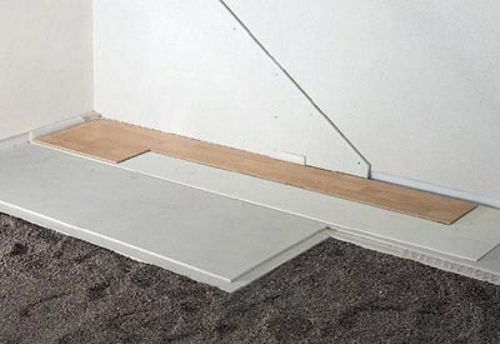
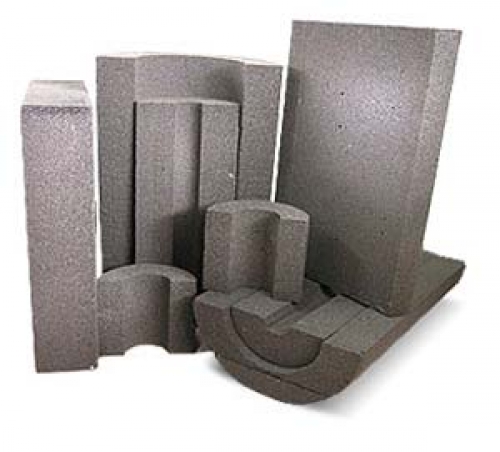
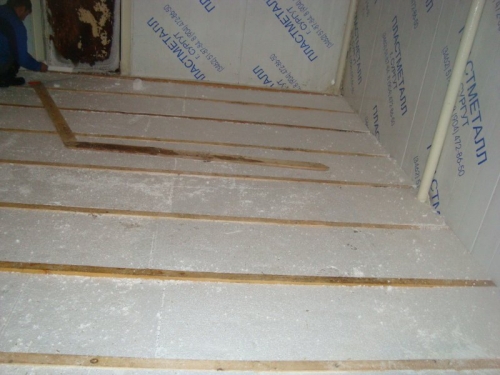
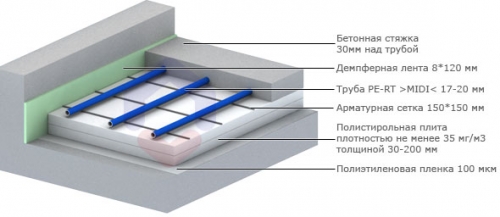
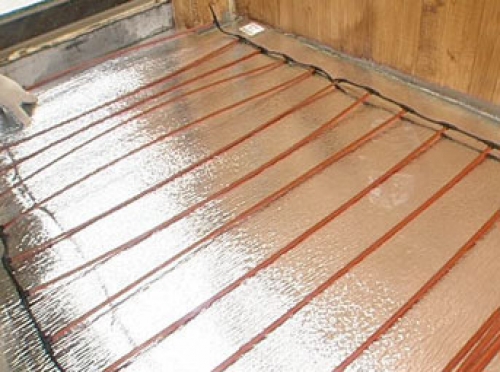
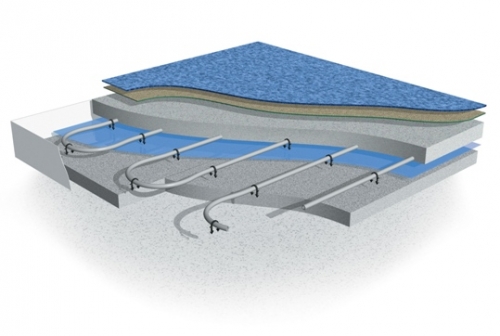
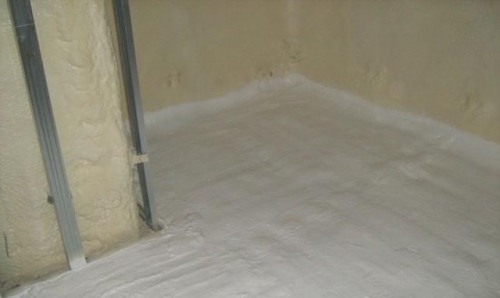
very well suitable for
very well suitable for insulation of PIR-plate floors. They are quite thin, so they also save the beneficial space of an apartment or house.
Yes, you should pay attention
Yes, you should pay attention to PIR-plate
This is a very good reliable material that does not require special installation skills and serves for a long time